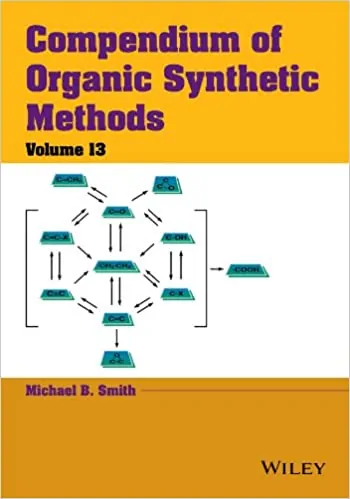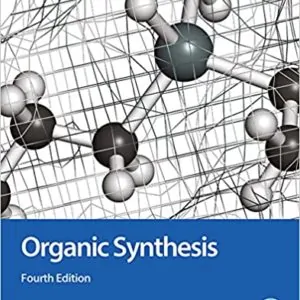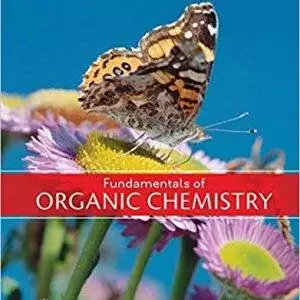The Compendium of Organic Synthetic Methods (PDF) functions as an useful desktop recommendation for organic chemists to search brand-new responses and improvements of interest, helping with the look for practical group improvements in the initial literature of organic chemistry. Volume 13 includes both practical group improvements and carbon-carbon bond forming responses from the literature in the years 2005-8. It provides examples of released responses for the preparation of monofunctional substances. Among numerous other topics, Volume 13 covers:
- Oxides
- Alkynes
- Alkenes
- Hydrides
- Alcohols and Thiols
- Halides and Sulfonates
- Difunctional Compounds
- Alkyls, Methylenes, and Aryls
- Epoxides, Ethers, and Thioethers
- Carboxylic Acids, Esters and Amides
The Compendium of Organic Synthetic Methods series helps with the look for quality, chosen practical group improvements, arranged by responding a practical group of beginning product and a practical group formed, with complete recommendations to each response. Presents examples of released responses for the preparation of monofunctional substances from the literature of 2005-8. It supplies an useful recommendation and an important tool to the working organic chemist, enabling a fast check of recognized organic improvements. Stringent requirements for addition of responses, consisting of the genuine synthetic energy of responses, reagents easily offered or quickly ready and managed in the lab The Compendium of Organic Synthetic Methods, Volume 13, provides about 2,500 examples of released responses for the preparation of monofunctional substances, upgrading the more than 18,000 examples in Volumes 1– 12. It likewise includes about 1,000 examples of responses for preparing difunctional substances within numerous practical groups, upgrading the more than 10,000 examples in Volumes 1– 12. Volume 13 includes 99 essential evaluations, long a function of this series, in numerous areas. A beneficial alphabetical list of all mentioned authors follows chapter 16. The organizational plan categorizes chemical improvements initially by response of the practical group of beginning product, then by a practical group formed in order to offer fast recommendation and info retrieval. In addition, indices for mono- and difunctional substances effectively assist the user to particular classes of improvements. Compendium of Organic Synthetic Methods, Volume 13 supplies an extremely focused source of info on the methods, responses, and improvements in modern organic chemistry for the working chemist and trainee alike.










Reviews
There are no reviews yet.